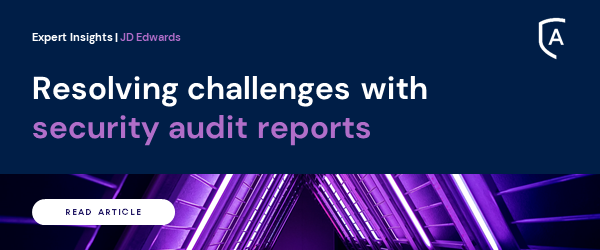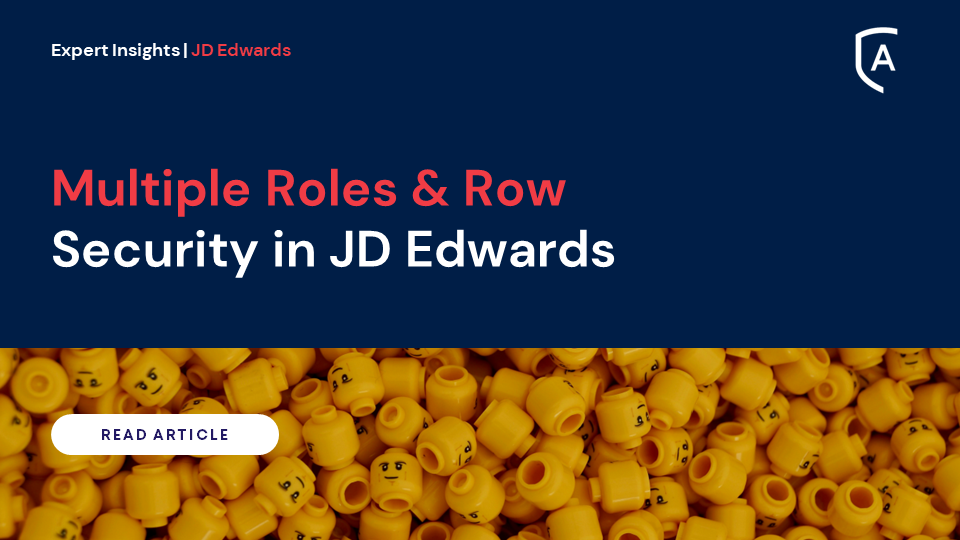Resolving challenges with security audit reports
Defining the ideal report structure
How does The Board and your top management assess the value of Security Audit reports to support their risk assurance? What do you have to report on and what should you give them?
Four basic requirements of any audit report (including security) are as follows:
• Identify potential problems before they become critical.
• Determine control failure points within a process so management can implement corrective actions in a timely manner.
• Report on the effectiveness of controls within the process.
• Include auditable information as to the completeness and accuracy of the reporting
Understanding common challenges for organizations
The typical Security Audit report does not provide management with the key information they need to quickly make decisions and assess the level of exposure for their organization. If the Audit report doesn’t tell the risk story quickly, accurately and efficiently, those reports fail to serve their purpose. What they need to do is convey the critical message about risks and if they are well-managed (even mitigated).
Auditing what matters is one (essential) thing whilst ensuring the right level of information gets into the hands of senior management is another! Internal Auditors, Security Officers, Operational Management, Senior Management – they will all have a different set of requirements.
To be complete, the information needs to include quick visibility to risks that have been assessed, determination of issues identified and enough detail to understand what has been done to mitigate the risk. Each level of information is as critical as the other and needs to be simple to repeat and audit. Just as importantly, these different sets of information need to be consistent and not introduce a reconciliation effort. Nothing causes information to lose credibility as fast as apparent inconsistencies that exist simply because the reports aren’t run with the same criteria.
Implementing a fit-for-purpose GRC toolset
The ALLOut Audit Reporting set is designed to uncover the information that people need to know.
For Senior Executives, our Audit summaries expose the big picture. For Operational Management, our detailed reports highlight with precision the security gaps in place, and manage the day-to-day operational steps. For your Audit Team, each report includes all of the information needed to ensure the completeness and accuracy of the information in an Oracle Validated solution.
Get visibility on Segregation of Duties, unauthorized access, change control breaches and enable user access reviews. In addition, have the details at your fingertips to support monitoring controls to further reduce organizational risk.
It’s all about understanding your risks and then taking steps to eliminate them – the reports are designed so you can efficiently prove the effectiveness of your controls.
Summary and key value-adds
There is true financial value in getting control of your Security Audits including:
• Significantly less money being spent on regulatory audit each year
• Less time spent supporting audit in IT
• Reduced financial exposure and loss from fraud
• Enhanced employee satisfaction as less time is spent on compliance tasks.
Remember that security is a complex and continuing challenge, and periodic audits are a must. Ensure that you have a tool supporting your efforts with out-of-the-box reporting, directly from your active JDE data so that you aren’t introducing an additional layer of complexity, risk and reconciliation to your process. Having the right information at your fingertips can save you time, money and frustration.
Discover our industry leading expertise
Industry Insights
Multiple Roles & Row Security in JDE E1 and Solutions
The multiple roles feature in E1 provides an excellent facility to create and manage process‐based roles that truly reflect the way your business operates.






